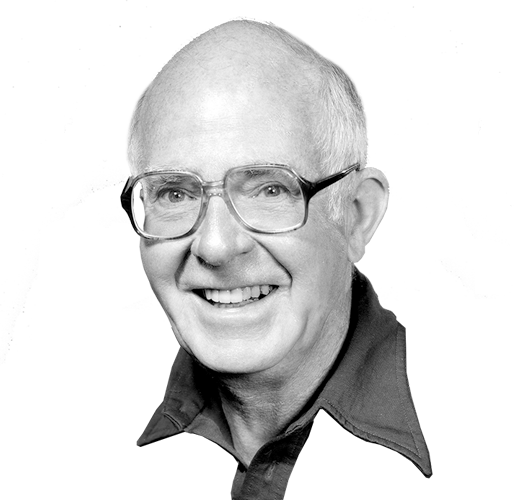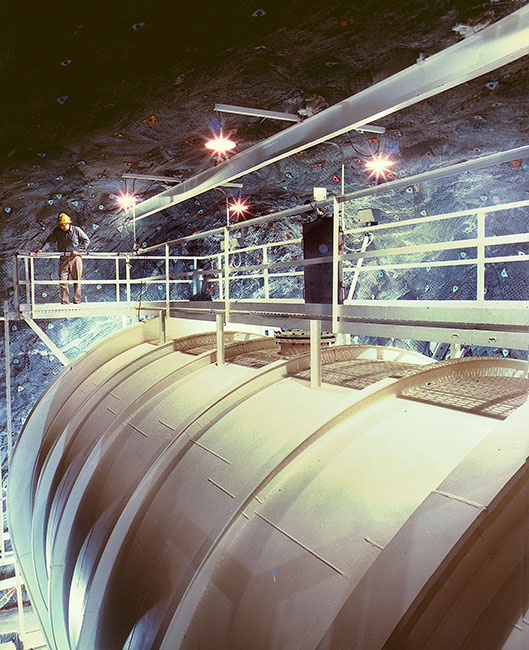2002
Nobel Prize in Physics
Raymond Davis Jr., a chemist at Brookhaven National Laboratory, won the 2002 Nobel Prize in Physics for detecting solar neutrinos, ghostlike particles produced in the nuclear reactions that power the sun. Davis shared the prize with Masatoshi Koshiba of Japan, and Riccardo Giacconi of the U.S.

The Detection of Cosmic Neutrinos
Raymond Davis Jr., a chemist at Brookhaven National Laboratory, won the 2002 Nobel Prize in Physics for detecting solar neutrinos, ghostlike particles produced in the nuclear reactions that power the sun. Davis shared the prize with Masatoshi Koshiba of Japan, and Riccardo Giacconi of the U.S.
Neutrinos are ghostlike particles that were postulated by Wolfgang Pauli in 1930 on purely theoretical grounds and, until recently, were believed to have zero mass. They are thought to be produced in the nuclear reactions that provide the sun's energy. They rain down on each square inch of the earth at the rate of about 400 billion per second.
Raymond Davis Jr. started investigating neutrinos that were produced in Brookhaven's Graphite Research Reactor and at a reactor at the Savannah River Plant in South Carolina, in the 1950s. But these experiments were really the prelude to Davis’s major triumph, which came in the early 1970s, when he successfully detected solar neutrinos in a new experiment based in Lead, South Dakota. View more images of Davis and the Homestake Mine.
A solar neutrino was expected to produce radioactive argon when it interacts with a nucleus of chlorine. Davis developed an experiment based on this idea by placing a 100,000-gallon tank of perchloroethylene, a commonly used dry-cleaning chemical and a good source of chlorine, 4,800 feet underground in the Homestake Gold Mine in South Dakota and developing techniques for quantitatively extracting a few atoms of argon from the tank.
The chlorine target was located deep underground to protect it from cosmic rays. Also, the target had to be big because the probability of chlorine's capturing a neutrino was ten quadrillion times smaller than its capturing a neutron in a nuclear reactor. Despite these odds, Davis's experiment confirmed that the sun produces neutrinos, but only about one-third of the number of neutrinos predicted by theory could be detected.

The Homestake mine tank, 20 feet in diameter and 48 feet long, held 100,000 gallons of perchloroethylene and was located 4,900 feet below ground surface.


